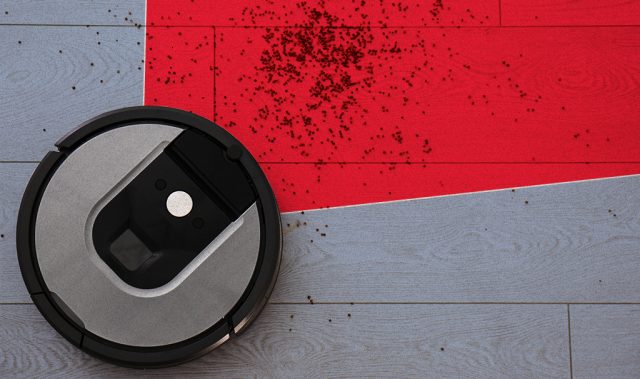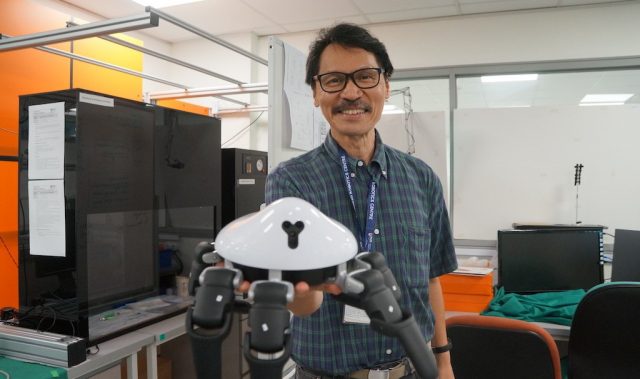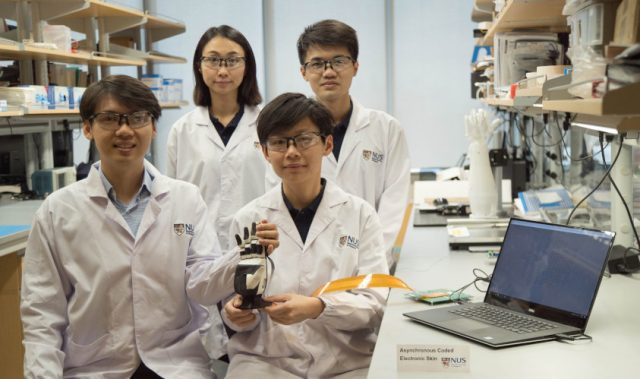
AsianScientist (Dec. 30, 2014) – Researchers have built underwater robots that not only behave like sea creatures but have built in “brains.” In the near future, such autonomous robot swarms could be used to perform hazardous missions such as detecting nuclear wastes underwater or other tasks too dangerous for humans.
The team, led by Associate Professor S. K. Panda at the National University of Singapore (NUS), is currently putting the final touches to a robotic sea turtle which could move about underwater, including diving to deeper depths vertically, like a real turtle, by just using its front and hind limb gait movements.
“Our turtle robot does not use a ballast system which is commonly used in underwater robots for diving or sinking functions,” Panda said.
“Without this ballast system, it is much smaller and lighter, enabling it to carry bigger payloads so that it can perform more complicated tasks such as surveillance, water quality monitoring in Singapore reservoir or energy harvesting for long endurance. Being able to do a dynamic dive or sinking vertically means that it can also enter vertical tunnels or pipes in the seabed with very small diameters.”

Not only is the NUS turtle robot energy efficient because it is small and light, it is also able to self-charge, further reducing the need for it to return to base station for recharging. Another important feature is the turtle’s ability to turn sharp corners with a small radius, without losing speed.
“We can have a swarm of tiny turtles which communicate with each other and act collaboratively to perform their duties. With improved maneuverability they can go to tiny and narrow places like crevices where bigger vessels are unable to do so,” Panda added.
——–
Source: National University of Singapore.
Disclaimer: This article does not necessarily reflect the views of AsianScientist or its staff.












